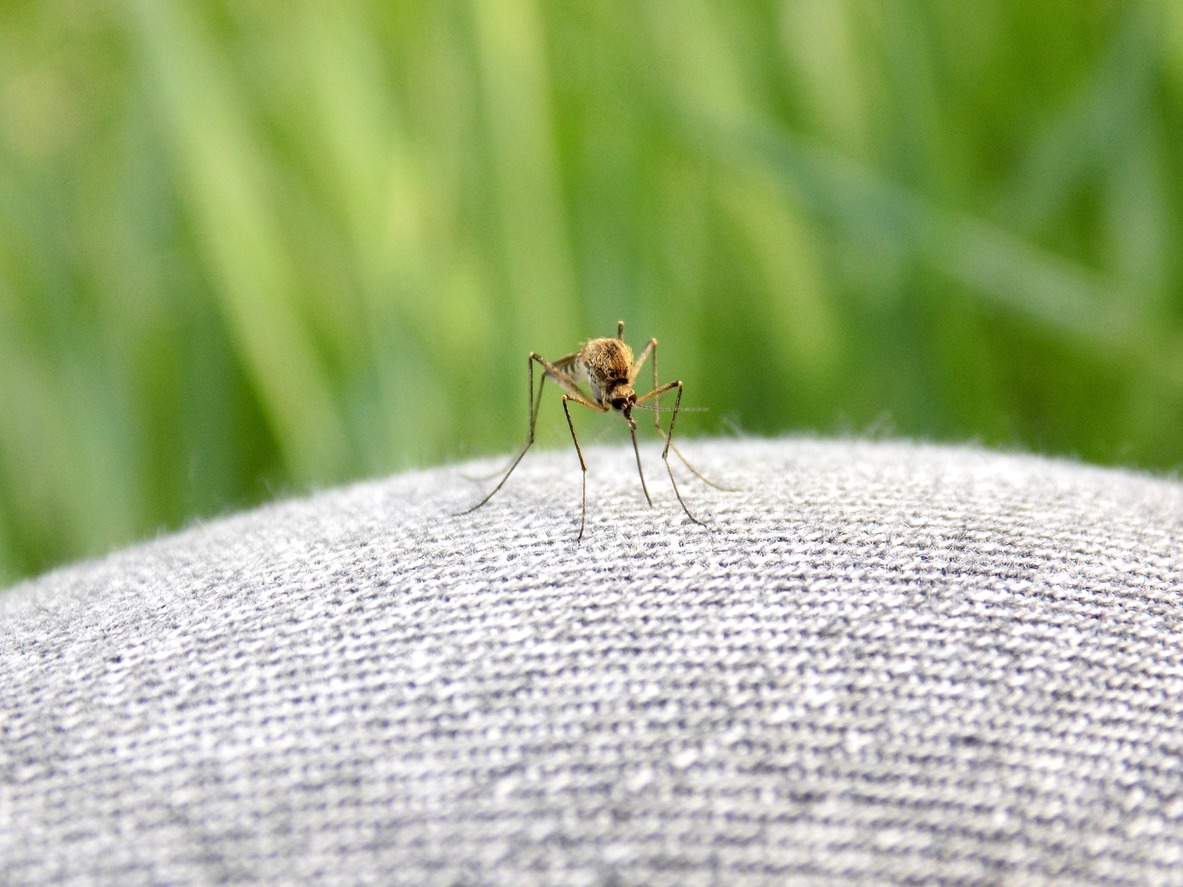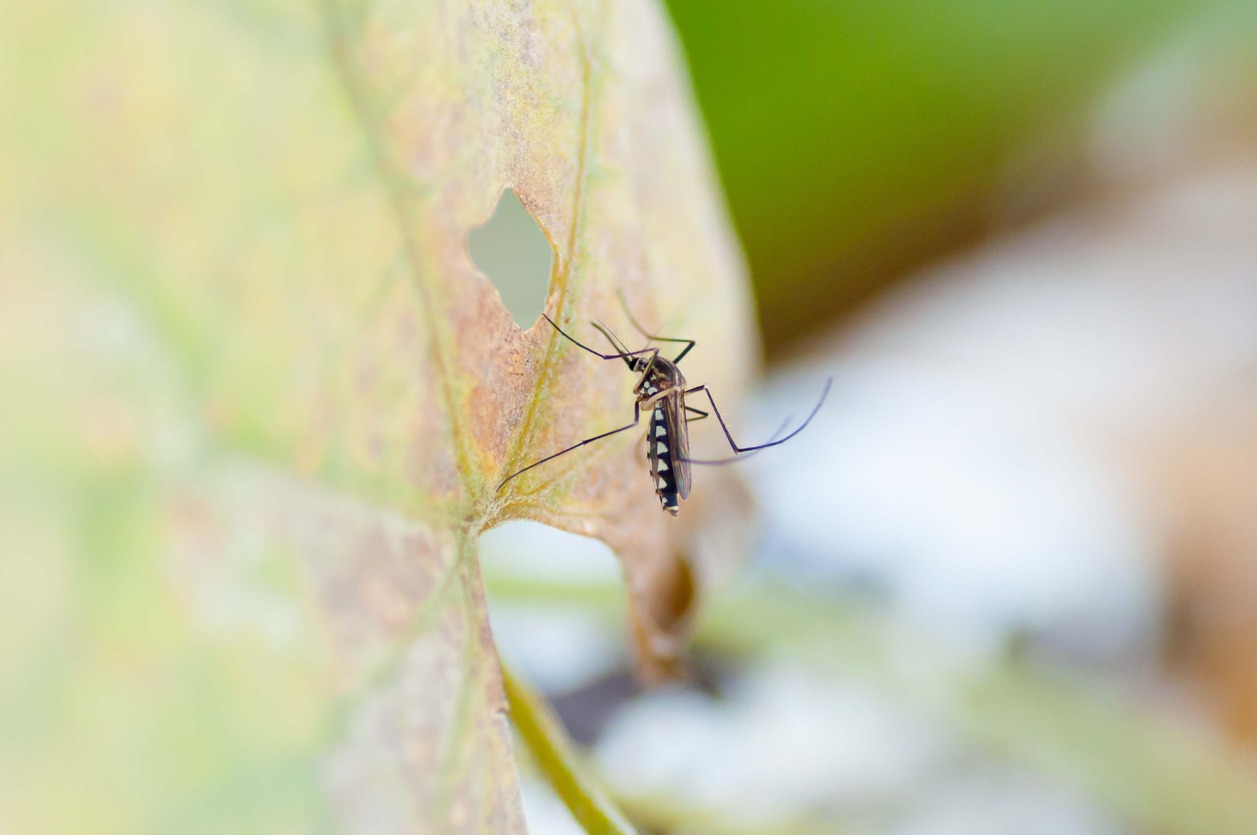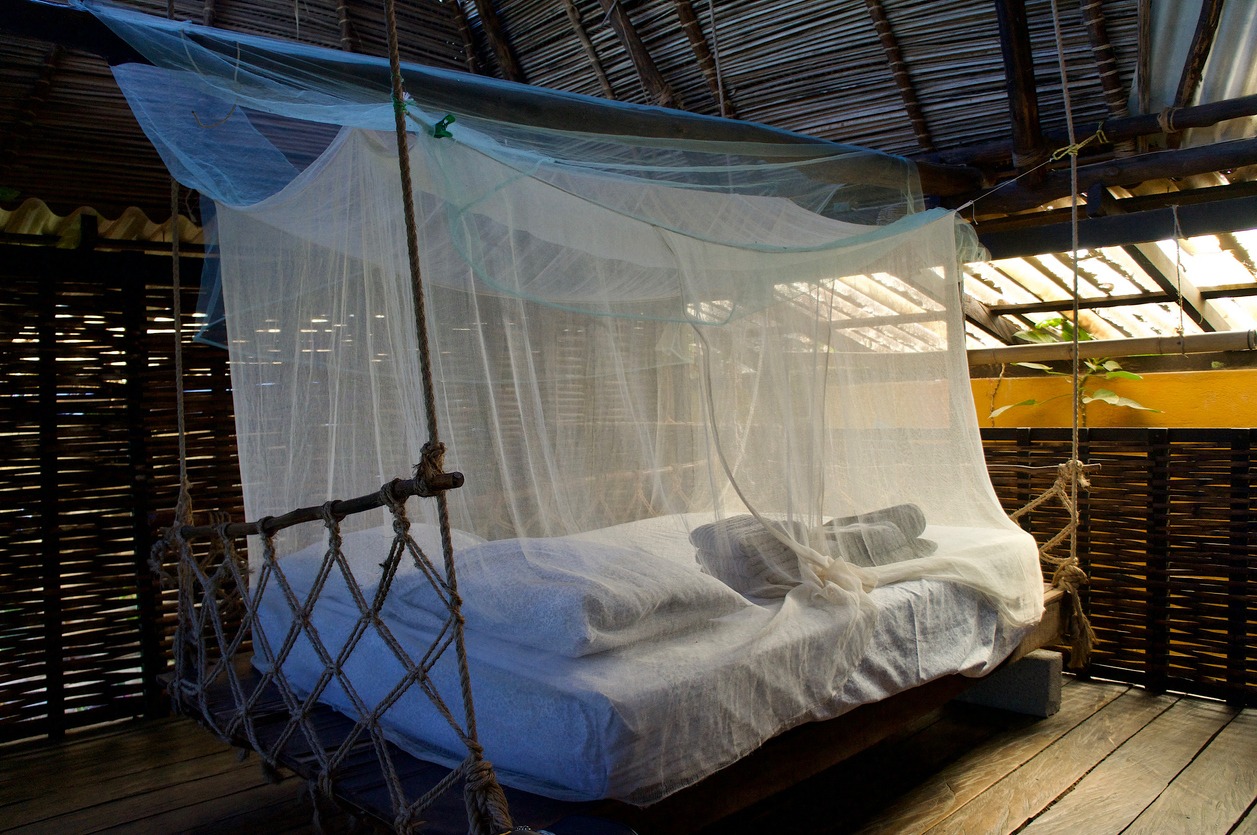Dealing with mosquitoes inside your home can be a frustrating experience. Not only are these tiny intruders notorious for their annoying buzzing and itchy bites, but they can also be carriers of various diseases. Thankfully, there are effective ways to combat these pests and reclaim the comfort of your living space. We will explore practical and proven strategies to deter these unwelcome guests. We provide a comprehensive approach to help you create a mosquito-free environment in your home. Join us as we delve into these seven essential steps to keep mosquitoes at bay and ensure a peaceful and healthy home environment.
Don’t Wait Until It’s a Real Problem
One of the best things you can do to make your house mosquito-free is to recognize the signs of mosquito infestation. Mosquitoes are more than just a nuisance; they can carry diseases and make your home uncomfortable. To tackle this issue effectively, it is important to be aware of the environments where mosquitoes thrive.
One key area to monitor is the space around your house, especially if it is shaded. Mosquitoes love shaded areas as they provide a cool, damp environment that is ideal for them to rest and breed. If your property has a lot of trees or shaded regions, pay extra attention to these spots. Regularly inspecting these areas can help you identify any potential mosquito breeding grounds early on.
Another telltale sign of a mosquito problem is the presence of their distinct buzzing sound. This is often more noticeable during the evening or at night when mosquitoes are most active. If you find yourself frequently swatting away mosquitoes or hearing their buzzing, it is a good indicator that you might have a growing mosquito issue.
Additionally, waking up with itchy bites is a clear sign that mosquitoes are present in your home. Mosquito bites are not only annoying but can also lead to more serious health concerns, especially if they become infected. If you or your family members are experiencing frequent mosquito bites, particularly after sleeping, it is a strong signal that action needs to be taken to control the mosquito population in your home.
Garlic: Works on More Than Vampires
When it comes to warding off unwanted guests, garlic is not just for vampires in horror stories; it is also a surprisingly effective tool against mosquitoes! The potent aroma of garlic is something these pesky insects find particularly off-putting. This makes garlic a simple, natural, and easily accessible option for keeping your home mosquito-free.
One easy method to use garlic as a mosquito repellent is by creating a garlic spray. The three easy steps are:
- Start by boiling water and adding several cloves of garlic to it.
- Once the water has absorbed the garlic essence, let it cool down.
- Pour this garlic-infused water into a spray bottle.
You can use this concoction to spritz around the house, especially in areas where mosquitoes tend to gather or enter your home. The strong scent of garlic lingers in the air, creating an invisible barrier that mosquitoes are likely to avoid.
If the idea of spraying garlic water around your house does not appeal to you, there’s another culinary approach you can take. Incorporating garlic into your meals more frequently can also help in keeping mosquitoes at bay. As you cook with garlic, its aroma permeates the air in your home. This not only adds flavor to your dishes but also works to deter mosquitoes. While this method might be more subtle than directly spraying garlic water, it’s a double win for garlic lovers who enjoy its taste and appreciate its mosquito-repelling properties.
Get Botanical
Turning to the plant kingdom for mosquito repellent is not only effective but also adds a touch of greenery to your home. It is a delightful fact that many plants that we find aromatic and pleasant are disliked by mosquitoes. This means you can use certain plants to keep these pests at bay, while also enjoying the additional benefits these plants bring, such as fresh scents and herbs for cooking.
The beauty of using plants as mosquito repellents is twofold: you get to enjoy fresh, aromatic herbs and flowers, and at the same time, you create a natural, chemical-free barrier against mosquitoes. It’s a simple and eco-friendly approach to pest control. By integrating these plants into your home and garden, you can enjoy mosquito-free living spaces and have the added joy of fresh herbs right at your fingertips for your culinary creations.
Net-Block Them
In the battle against mosquitoes, one of the simplest yet most effective defenses is the use of mosquito nets. This is particularly important in households with very young children or elderly family members, as these individuals often have more vulnerable immune systems. Mosquitoes are notorious for transmitting diseases, some of which can have more severe effects on people with weaker immune defenses. By incorporating mosquito nets into your home, you can provide an extra layer of protection for your loved ones.
Mosquito nets, especially those placed around beds, create a physical barrier that mosquitoes cannot penetrate. This is especially crucial during the night when mosquitoes are most active and people are most vulnerable, as they’re asleep and unable to swat mosquitoes away. With a mosquito net, you can ensure that your family members have a peaceful, uninterrupted, and safe sleep, free from the worry of mosquito bites.
The beauty of mosquito nets is their simplicity and versatility. They come in various sizes and can be easily installed around most beds or sleeping areas. When choosing a mosquito net, it’s essential to ensure that it’s of good quality and without any tears or holes through which mosquitoes could enter. Regularly checking and maintaining the nets is also important to ensure they remain effective.
Remove Their Breeding Grounds
Tackling a mosquito problem effectively requires not just dealing with the adults but also ensuring they cannot continue to multiply. Mosquitoes lay their eggs in standing water, which means any stagnant water around your home can become a nursery for these pests. By removing these potential breeding sites, you can significantly reduce the mosquito population in your vicinity.
Firstly, take a walk around your property and identify any spots where water tends to collect. This could be anything from a birdbath, a forgotten bucket in the yard, to the saucers under your plant pots. Even a small amount of water, like what collects in a discarded bottle cap, can be enough for mosquitoes to lay their eggs. Emptying these containers and ensuring they don’t collect water again is a crucial step.
In some cases, it might not be practical to remove certain water sources. For example, you might have a pond or a water feature in your garden that you’d like to keep. In these instances, you can turn to ‘booby-trapping’ these areas. This involves using mosquito larvicides or introducing natural predators like fish that feed on mosquito larvae. These methods help control the mosquito population at its source without requiring you to get rid of the water body.
Additionally, ensure that your gutters are clean and not clogged with leaves or debris. Blocked gutters can create pools of stagnant water, providing an ideal breeding ground for mosquitoes. Regular maintenance of gutters and drains is essential in preventing this.
Trap the Little Jerks
When dealing with a persistent mosquito problem, sometimes you need to take a more aggressive approach. This is where mosquito traps come in handy. These devices are designed to attract, trap, and eliminate mosquitoes, providing a more permanent solution to your mosquito woes. Mosquito traps work by luring these pests with attractive scents and then trapping them in a way that they cannot escape, ultimately leading to their demise.
Commercial mosquito traps come in various forms, but most operate on a similar principle. They emit substances like CO2 or certain scents that mimic human breath or sweat, which mosquitoes find irresistible. Once the mosquitoes are drawn in by these lures, they are trapped inside the device where they eventually perish. These traps can be particularly effective in reducing the local mosquito population over time, as they continuously capture and kill these pests.
For those who prefer a DIY approach or are looking for a more budget-friendly option, creating your mosquito trap is surprisingly simple and effective. All you need is an old plastic water bottle, water, brown sugar, and yeast.
- Start by cutting the plastic bottle in half and dissolving brown sugar in hot water.
- Once this mixture cools, add it to the bottom half of the bottle along with the yeast, which produces CO2 as it ferments, attracting mosquitoes.
- Invert the top half of the bottle and place it into the bottom half, creating a funnel.
- Mosquitoes will enter the bottle, attracted by the CO2, but will be unable to escape.
Placing these traps in areas where you notice a high mosquito presence can significantly reduce the number of these pests in your surroundings. It’s a good idea to regularly check and maintain these traps, replacing the bait mixture as needed to ensure they remain effective.
Additional Tips!
Apply Insect Repellent: Use EPA-registered insect repellents containing DEET, Picaridin, or Lemon Eucalyptus Oil when in mosquito-prone areas. Be sure to follow the product instructions for safe application.
Use Air Conditioning: If possible, use air conditioning in your home. Mosquitoes prefer warm, humid environments, so keeping your house cool and dry can make it less attractive to them.
Keep Your Yard Clean: Regularly trim bushes and lawns to reduce areas where mosquitoes can breed and hide. Clearing out weeds and keeping your garden tidy can also help reduce the mosquito population.
Proper Lighting: Mosquitoes are often attracted to certain types of lights. Consider using yellow “bug lights” or LED lights in outdoor areas, as these are less attractive to mosquitoes compared to standard incandescent bulbs.
Seal Gaps and Cracks: Inspect your home for any gaps or cracks in doors, windows, and walls. Mosquitoes can enter through these small openings, so sealing them with weather stripping or caulk can help keep them out.
Mosquito Larvicide: For areas where water cannot be eliminated, such as large water features or clogged gutters, using a larvicide can help. Larvicides are products designed to kill mosquito larvae before they mature into adults.
Professional Pest Control: If the mosquito problem in your home is severe or persistent, it may be worth consulting a professional pest control service. They can provide more targeted and effective treatments to reduce the mosquito population in and around your home.
Mosquito Misting System
A Mosquito Misting System provides an effective and automated solution for eliminating mosquitoes around your home. Consisting of a network of strategically placed nozzles connected to a central reservoir, the misting system releases a fine mist of insecticide at scheduled intervals or on-demand. This targeted approach ensures thorough coverage of areas where mosquitoes typically congregate, such as gardens, patios, and around structures. The insecticide used in the misting system is designed to kill mosquitoes on contact and create a barrier that deters them from returning.
Conclusion
With these steps regarding how to get rid of mosquitos inside the house, you’re ready to turn your house into an anti-mosquito fortress! Implementing a combination of these strategies can provide a more comprehensive approach to reducing mosquito populations inside your home and enhancing your comfort and safety. For more on trends to keep in mind this summer, check out the other posts on our blog.




